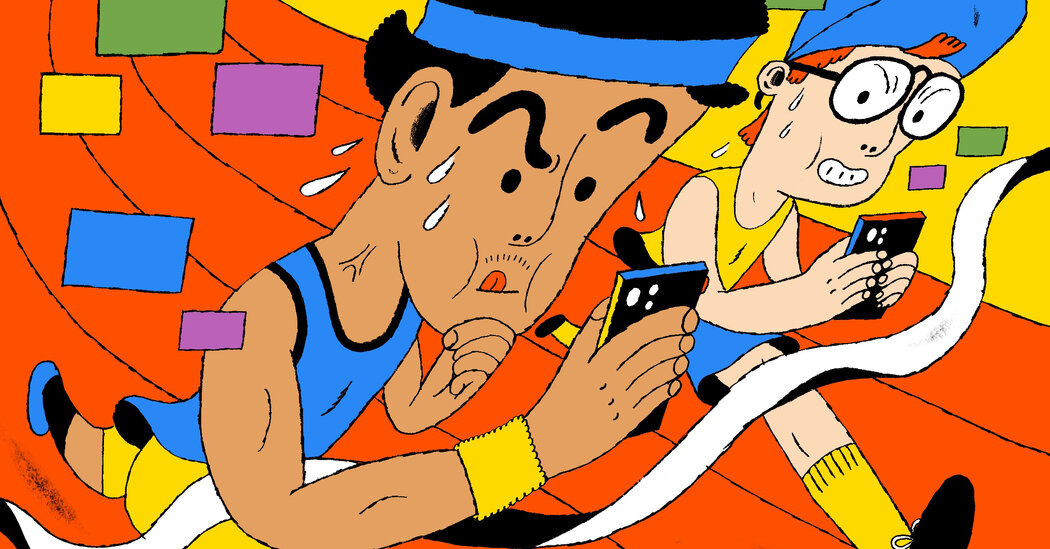- February 19, 2024
- 5 minutes read
How I Designed a Scoring System for Connections

An editor finds fun by making the game just a bit harder for himself.
Perfection is in my job description. I lead The New York Times’s Flexible Editing team, a group that’s relentlessly committed to perfecting the language, grammar and quality of writing across our news report. It’s a hard switch to turn off, especially after work when I’m trying to pursue diversions that most people find relaxing.
Like Connections.
When I play, solving the categories in any order should lead to a satisfying victory. But my perfectionist brain can’t handle that. When I first started comparing results with a friend, we often learned that we had both solved the game in four lines. Instead of congratulating each other, we needed to know who had the “better” solve. Who won?
“I have a new game within the game,” that friend, Sean, texted me one morning in November. “Try to get the purple line first.”
“Challenge accepted,” I replied without hesitation. Then I immediately started thinking: What if I created a scoring system that encouraged solving not just the first line, but the entire game, in a specific way? That would make perfection more elusive — and, by extension, more satisfying to achieve. It would also allow me to more objectively compare my results with Sean’s.
We’ve been keeping score ever since.
The idea of turning Connections into a head-to-head competition will surely be polarizing to some players. Part of the game’s appeal for many is how easy it is to pick up. So, you might ask, why muddy the waters by adding a layer of difficulty and introducing a numerical scoring element?
When asked by a reporter a century ago why he would want to climb Mount Everest, the English mountaineer George Mallory is said to have responded, “Because it’s there.” As an editor, I might satisfy my cravings for adventure in less dangerous ways (think: splitting infinitives and pushing the boundaries of The Times’s stylebook), but my answer is no more complicated than Mallory’s: It’s just more fun for me this way.
